When creating the perfect outdoor space, choosing the right landscaping plants is a big part of the job. The right perennials, shrubs, and trees can take your garden to the next level instantly, making it stand out in any neighbourhood and adding structure to your landscape. In this guide, we’ll explore how to make the best choices for your garden that suit multiple top gardening designs and trends, style preferences, colour palettes, and seasonal changes.
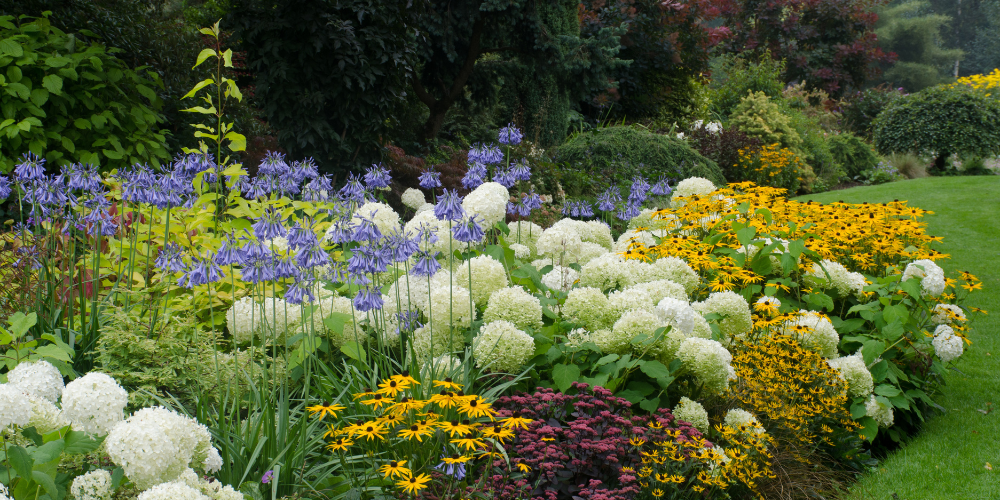
Finding Your Vibe
Style Preferences
Your garden is a reflection of you, a place to show off your plant savvy and personal tastes, so start by defining your unique design aesthetic. Whether you prefer the minimalist approach of a modern garden, the timeless elegance of a classic garden, or the rustic charm of a countryside retreat, understanding your style preferences will guide your plant selection and make your landscape uniquely yours.
- Modern Gardens: Go for sleek, architectural plants like ornamental grasses and evergreen shrubs to provide structure and simplicity to your landscape.
- Classic Gardens: Choose perennials like roses and hydrangeas, which offer a romantic and timeless appeal.
- Rustic Gardens: Incorporate native plants and wildflowers into your garden to create a natural, laid-back vibe.
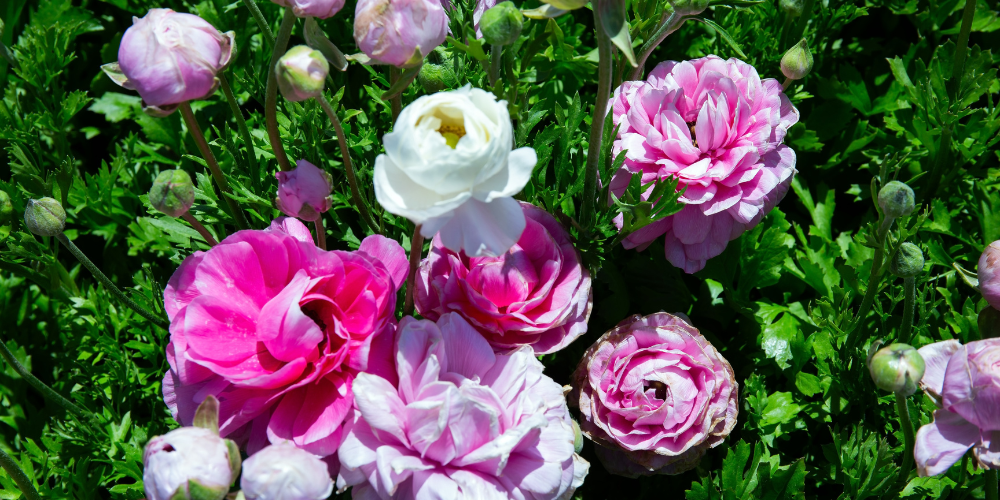
Harmonizing with Colour
Colour Palette
Colour is a powerful aesthetic tool in garden design, influencing both your mood and the overall vibe of your space, so choosing perennials that align with your style and desired ambiance is a simple yet incredibly effective way to instantly transform your garden into a harmonious sanctuary.
- Cool Colours: Blues, purples, and whites create a serene and calming atmosphere. Combine lavender, salvia, and white daisies for a peaceful retreat.
- Warm Colours: Reds, oranges, and yellows inject energy and vibrancy. Use sunflowers, marigolds, and red hot pokers to make your garden come alive!
- Monochromatic Schemes: Using varying shades of a single colour can be striking. A garden filled with different hues of pink, from pale blush to deep magenta, can be both elegant and eye-catching.
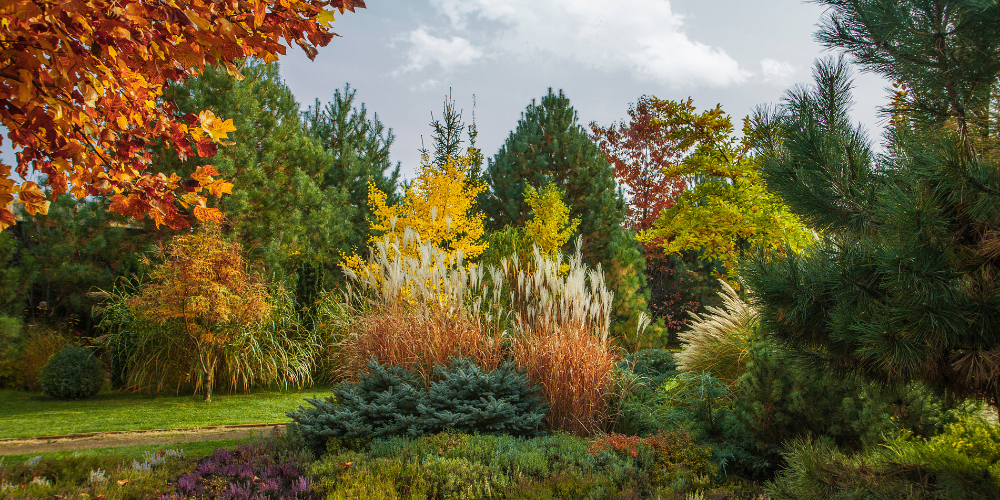
Seasonal Symphony
Seasonal Blooms
A truly captivating garden offers visual interest throughout the year. By selecting plants that bloom in different seasons, you’ll ensure a continuous display of colour and texture.
- Spring: Early bloomers like tulips, daffodils, and magnolias announce the arrival of warmer weather.
- Summer: Mid-season perennials such as daylilies, coneflowers, and roses keep your garden vibrant during Edmonton’s hot summer months.
- Fall: Late bloomers like asters, sedum, and chrysanthemums extend the beauty of your space well into autumn.
- Winter: Evergreens, perennial seed heads like echinacea, red-twig dogwood, and ornamental grasses add structure and interest to your landscape, even in our colder months.
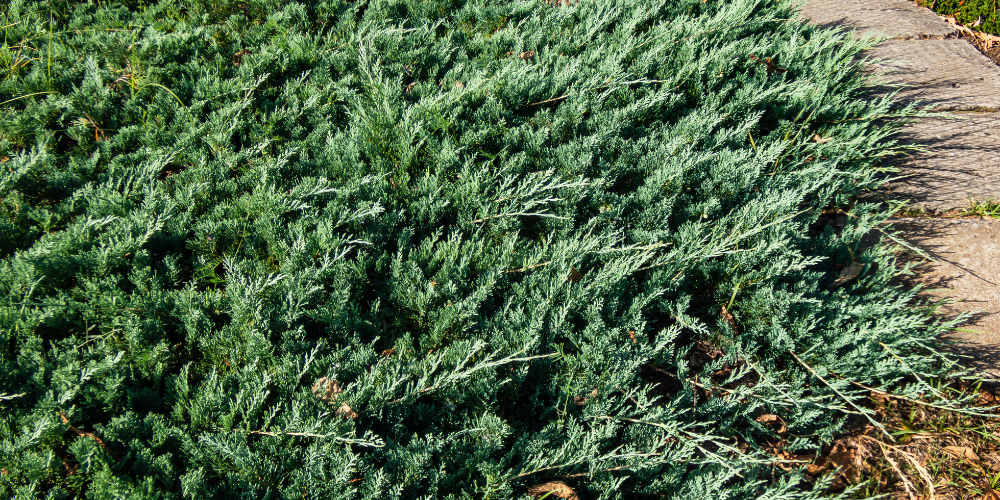
Shrubs for Garden Design
Height and Spread
The interplay of plant heights and spreads adds depth and dimension to your garden, creating layers that draw the eye and define spaces.
- Tall Shrubs: Use taller shrubs at the back of borders or as privacy screens to add striking height and focal points to your garden design. Examples include lilacs, mugo pine, Rocky Mountain Juniper, and viburnums.
- Medium Shrubs: Mid-height shrubs like spirea and boxwood make excellent hedges or foundation plants to define areas in your landscape.
- Low-Growing Shrubs: Ground-hugging varieties like creeping juniper and bearberry add texture and fill gaps within your space.
When positioning your plants, think about how their heights will interact. Taller plants create a backdrop, medium ones fill in the middle ground, and shorter plants add texture along paths and borders.
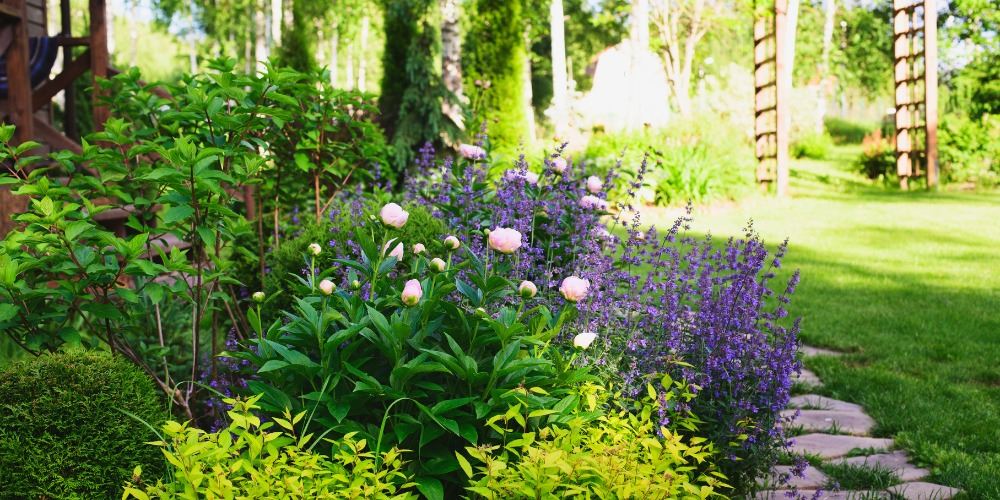
Framing and Focal Points
Vertical Elements
Trees are the giants of your garden, providing vertical interest to your landscape design and acting as natural frames and focal points. Selecting trees based on their mature height and spread ensures they fit harmoniously into your landscape.
- Framing Views: Use tall, narrow trees like columnar oaks or Columnar Aspen to frame vistas or garden features.
- Focal Points: A striking tree, like a Japanese maple or a flowering cherry, acts as the centrepiece of your landscape, drawing attention and anchoring your design.
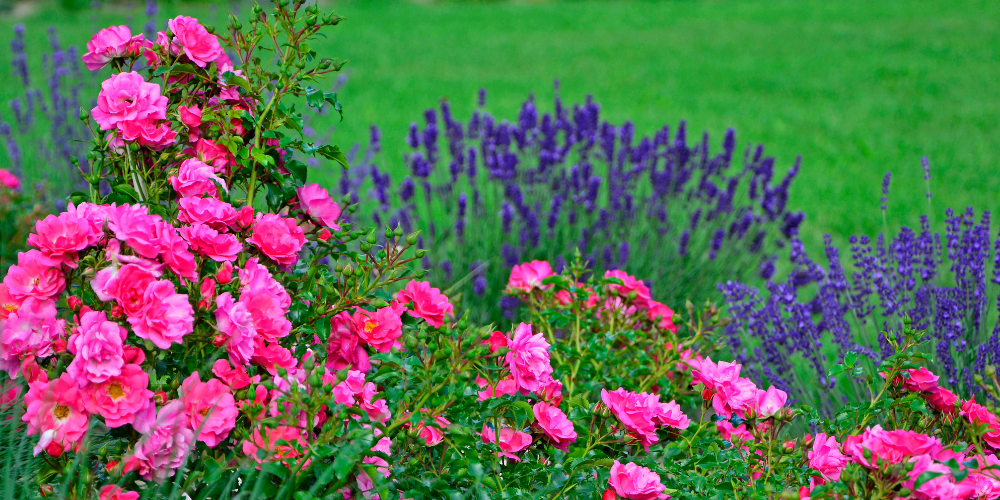
Designer Insights
Expert Tips
To add a professional touch to your landscape, here are some of our top design insights:
- Harmony and Contrast: Balance harmony with contrast; while it’s important for your plants to complement each other, a few contrasting elements add excitement and interest to your space.
- Plant Pairings: Pair plants that thrive together and enhance each other’s beauty. Think of your garden as a living painting, with each brushstroke complementing the last.
- Practicality and Beauty: Lastly, don’t forget the practical aspects; choose plants that suit your soil type and climate for the best results.
Choosing the right landscaping plants for your outdoor garden design is a great way to connect with your creativity and your landscape’s surrounding environment. When you treat your garden as a part of a larger whole, you create something meaningful, beautiful, and eco-friendly!
Need more inspiration and advice? Contact Salisbury Landscaping today to begin your transformation and explore all the beauty Edmonton landscaping has to offer!

